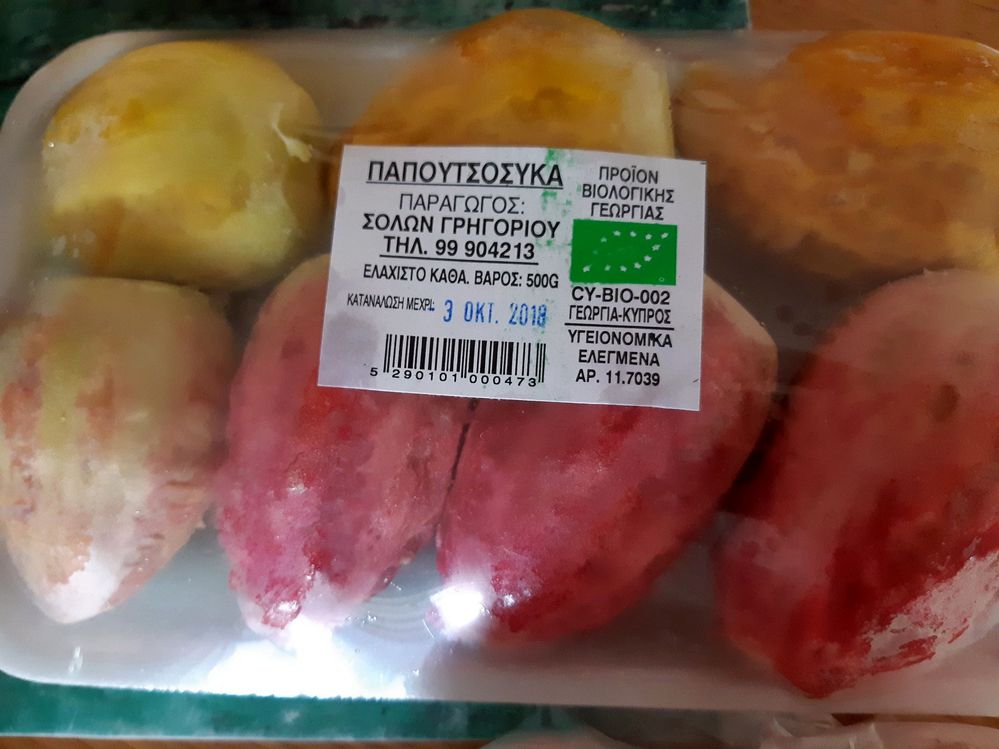This post is about what simply grows on the street, not on farms or in someone’s gardens.
Let’s start with prickly pear.
Edible cactus fruits in Cyprus
Surprisingly tasty!
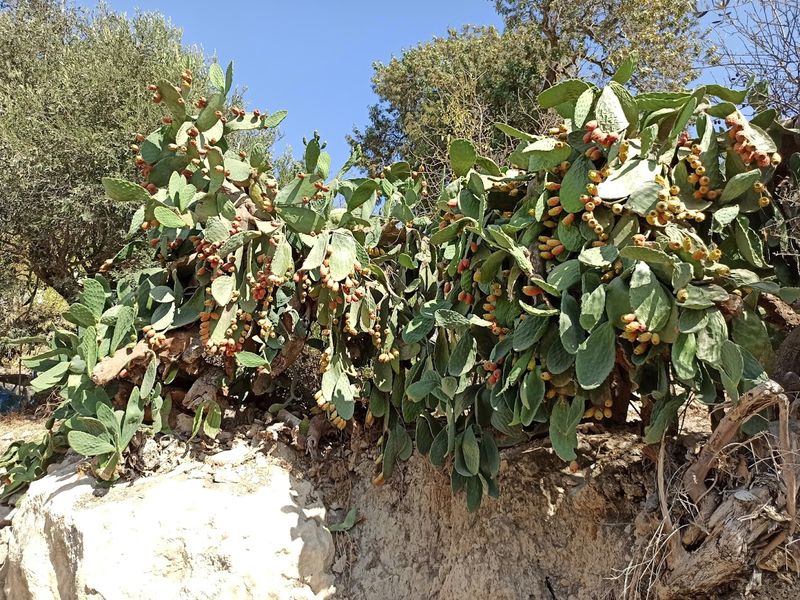
I prefer to buy them already peeled in the store, so I don’t have to pick them in gloves and clean off the spines myself.
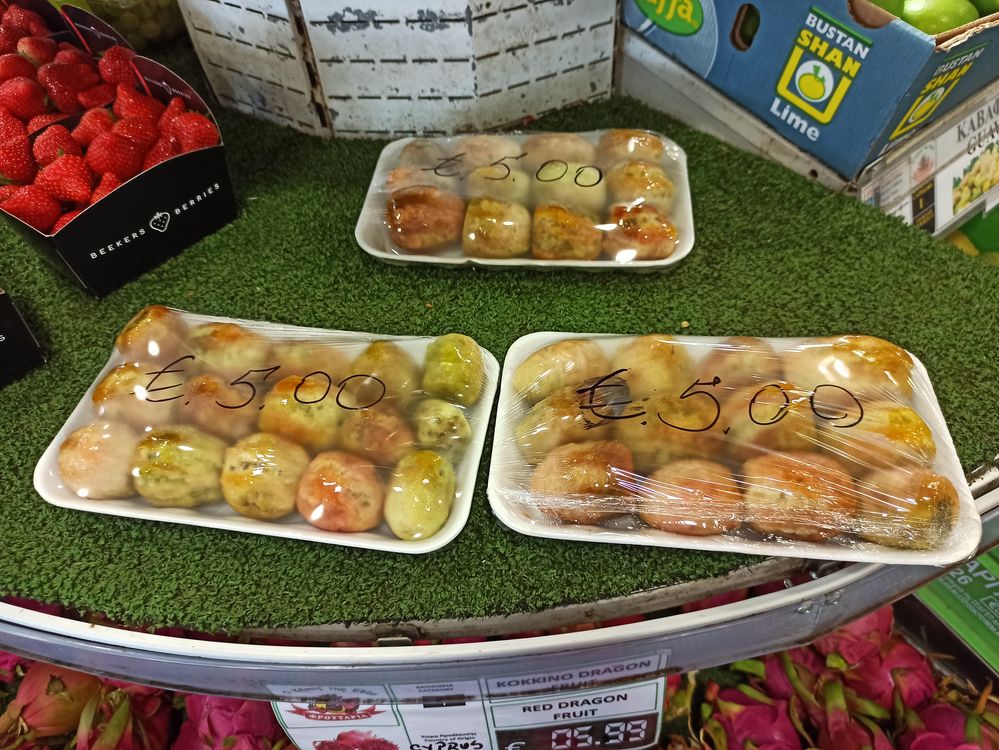
However, for some people this kind of “hunt” for cacti is a pleasant pastime, and they happily do everything themselves. I don’t dare to judge – pleasure is important. Fortunately, prickly pear grows in many places even within the city, so sometimes you don’t have to go far to catch these tasty and healthy fruits. What you definitely need is a pair of thick gloves and, preferably, similar clothing, because you’re going to harvest edible cactus fruits. They are often found on the street, though not in the immediate vicinity of the sea (primarily referring to the city of Paphos, but I think it’s the same in other cities).
Yum-yum. In peeled form they are sold in grocery stores, especially in fruit shops, which are called Frutaria.
I found that my blog appears in Google search results for the query cactus with edible fruits 7 letters – apparently someone is solving quizzes or crosswords. I hope this post about prickly pear will help them 🙂
Posts on the topic life in Cyprus personal experience – are collected under this tag.
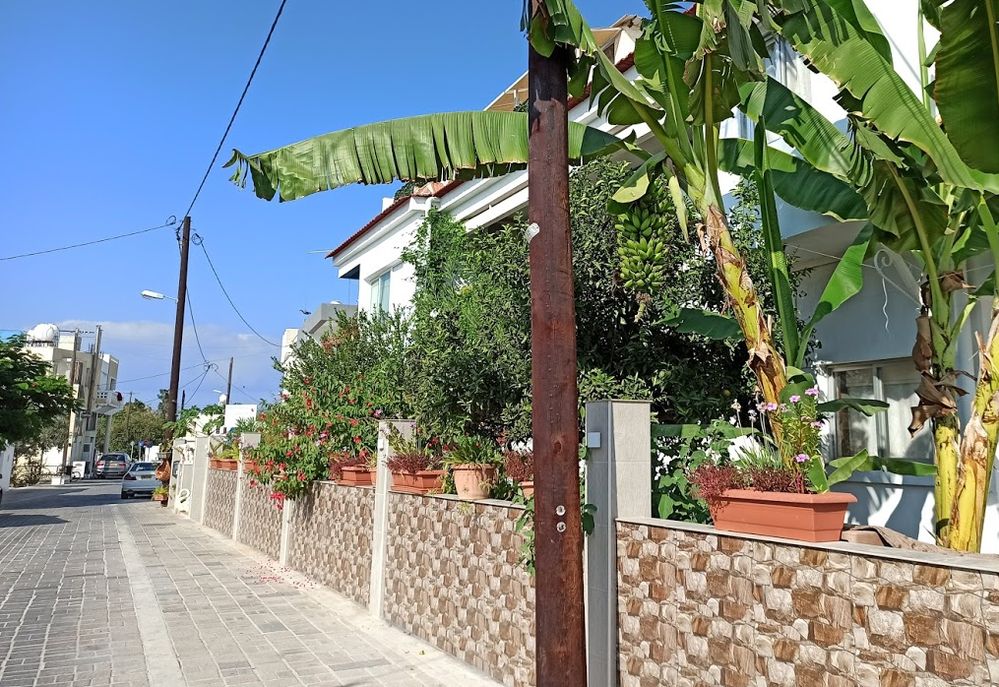
Of course, it’s not just about edible cactus fruits – bananas also grow in Cyprus. And not only on plantations, but also just like that on the street (to the right of the pole, those green ones).
And oranges and tangerines are not uncommon either.

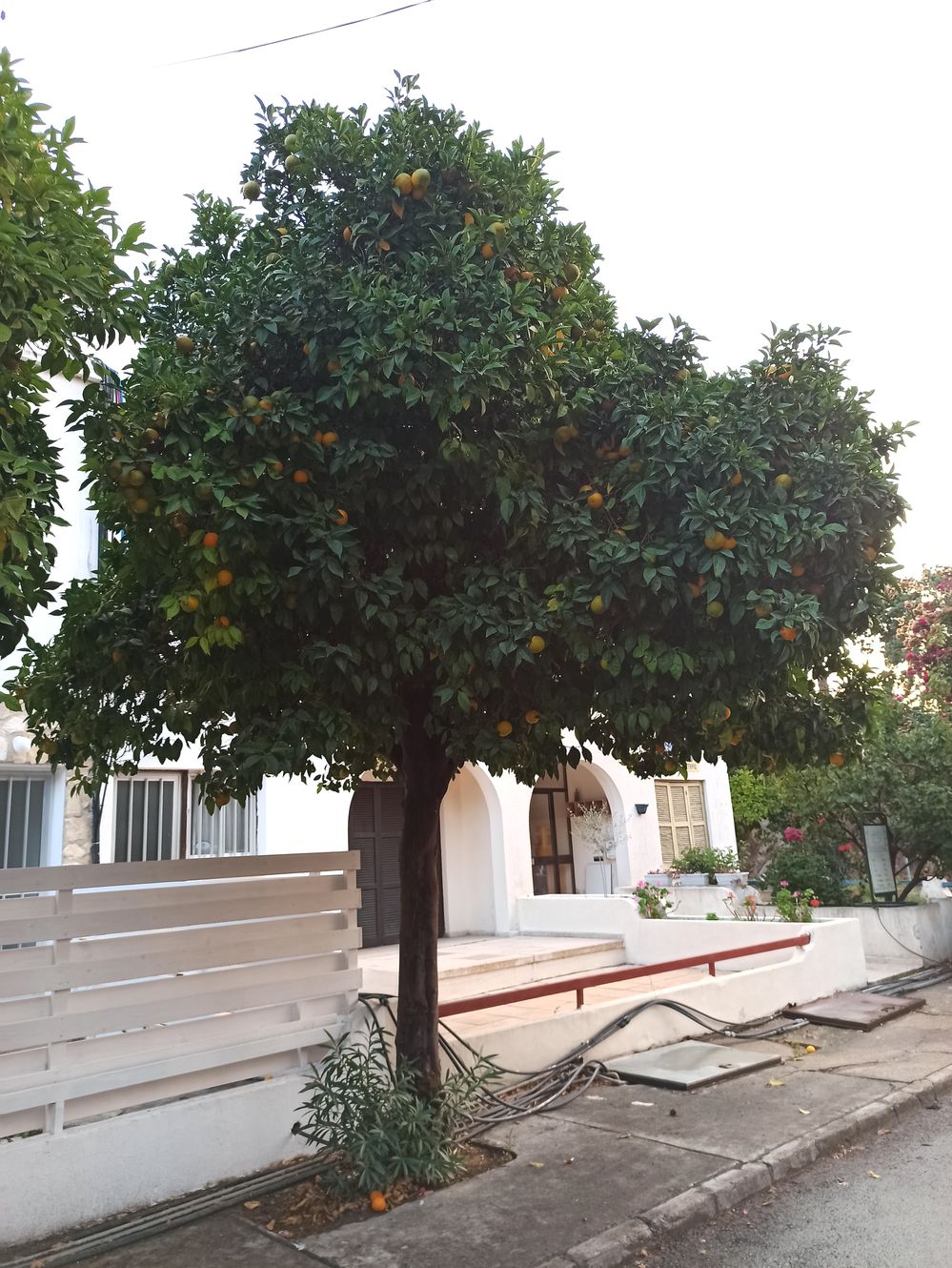
There are also grapefruits, pomegranates, and something else…
Here, for example, are dates. They grow on palm trees, ripe fruits fall on the ground. Edible.
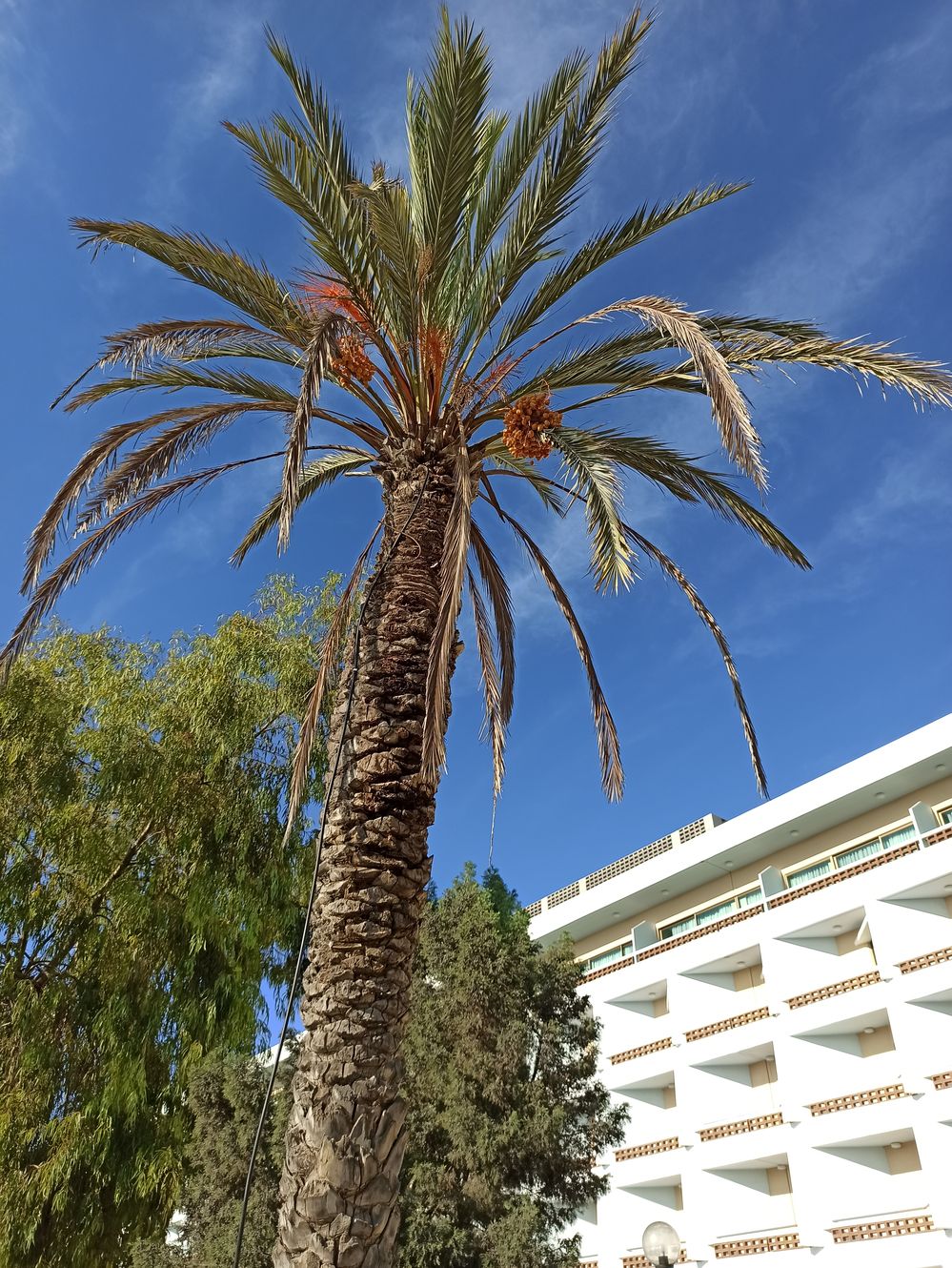
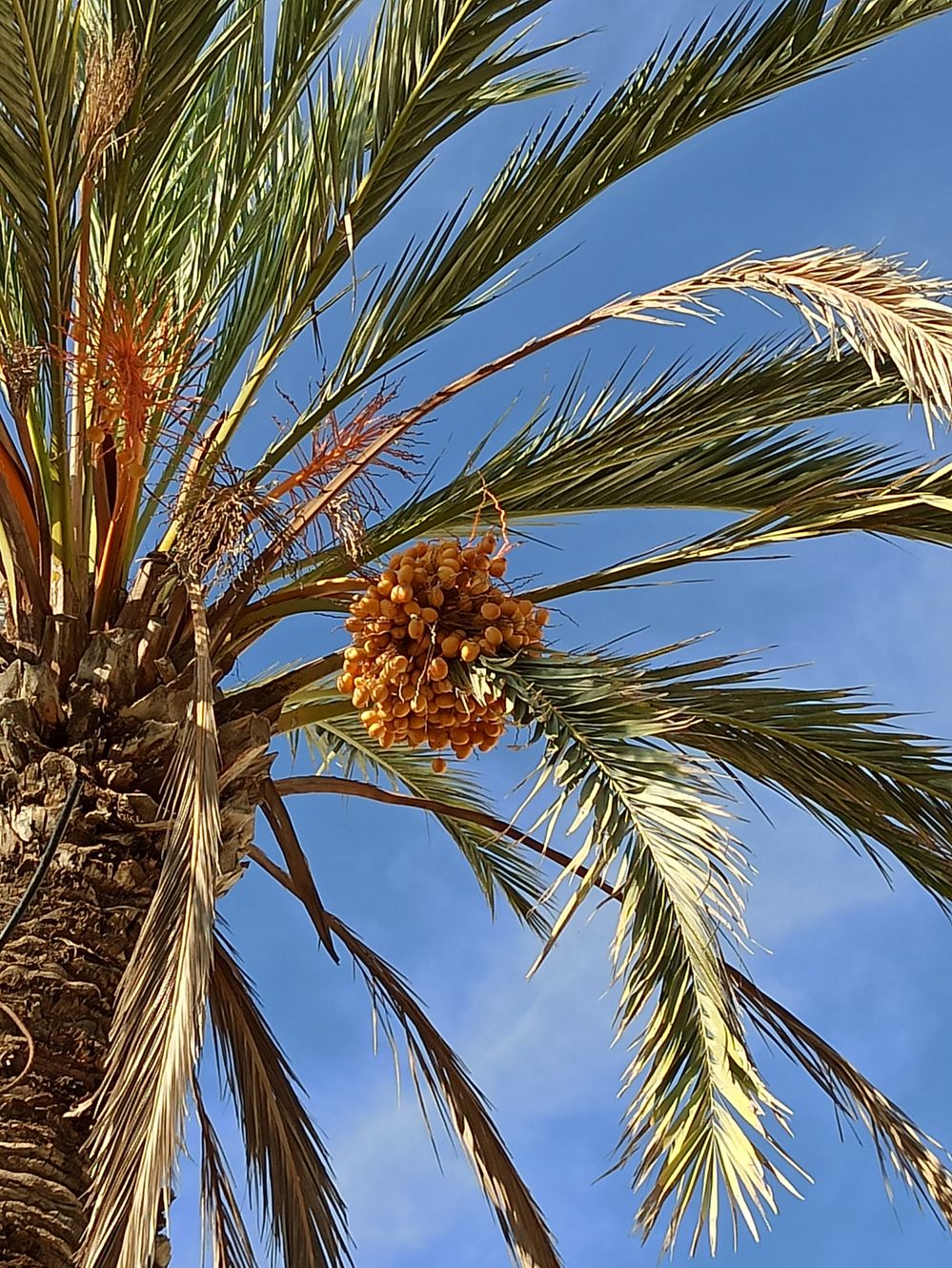
Also, beautiful figs grow here. I often encounter fig trees with fruits about 20–30 kilometers from the sea. They ripen at least once a year in September.
Also loquat and passion fruit. I remember they grew right in the yard of the house we rented. Loquat ripened in March, passion fruit in the summer. As it turned out, passion fruit, also known as passiflora, also known as passion fruit – most likely gets the name not because of some properties, but because when it grows, it entwines and clings to everything else, and in this destructive passion not all plants survive. For example, a couple of bushes under this passion fruit of mine dried up due to lack of sunlight, I had to call the gardener to cut it back a little.

